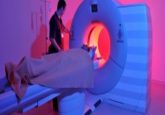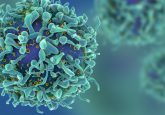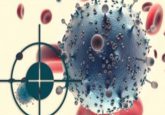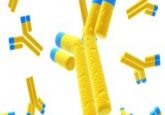Novel conditioning regimens for Hodgkin’s and non-Hodgkin’s lymphoma
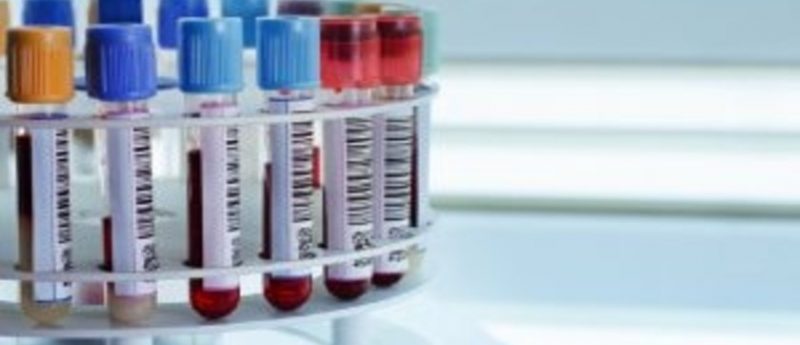
Autologous stem cell transplantation (ASCT), in chemosensitive relapsed patients with Hodgkin’s lymphoma (HL) and non-Hodgkin’s lymphoma (NHL), is associated with superior event-free survival (EFS) compared with salvage chemotherapy alone. BEAM is one of the most commonly used regimens in both HL and NHL because of its acceptable toxicity and high effectiveness. The nonrelapsed mortality (NRM) ranges from 7 to 10% in historical studies. More recent investigations have demonstrated a lower NRM, probably due to various factors such as the use of peripheral blood precursor cells and better support therapy. Recently, in order to reduce the toxicity of carmustine and increase antilymphoma activity, several groups have introduced conditioning regimens similar to BEAM. The incorporation of newer drugs (anti-CD20 monoclonal antibodies ± radiolabeled) to ‘classic’ BEAM, or the substitution of carmustine with other drugs (thiotepa, bendamustine and fotemustine) may be a valuable strategy in this patient setting. In this review, we will discuss the data available on HDC followed by ASCT in lymphoma using new conditioning regimens, namely second-generation BEAM.
Click here to view full article.
